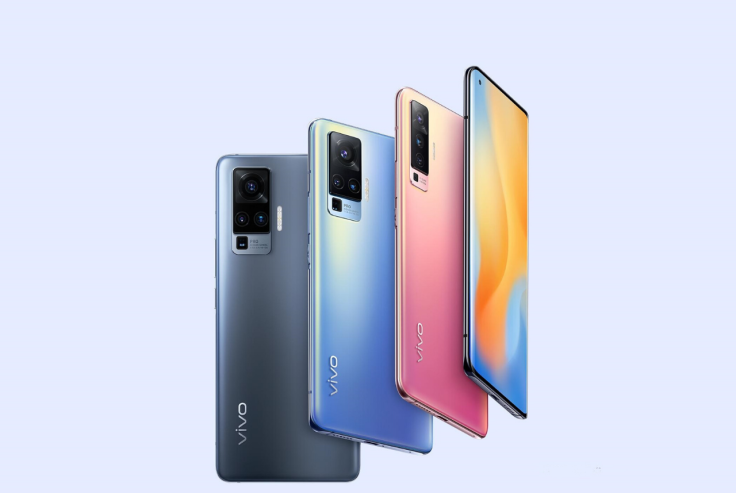Vivo X50 challenges other flagship devices with an advanced image stabilisation system
The Chinese manufacturer is expected to market three versions of the handset: the X50, X50 Pro, and X50 Pro+.
Among big-name smartphone brands, it seems that almost every flagship for 2020 has been unveiled. However, it looks like Vivo is yet to unveil its top-of-the-line unit. When it comes to overall processing power, almost every premium telecommunication device is now equipped with Qualcomm's Snapdragon 865 chipset or another of equal performance. In fact, tech pundits pointed out that modern handsets now compete in the imaging capabilities scene. Thus, the X50 series appears to have an ace up its sleeve that helps it stand out.
The Chinese manufacturer is expected to market three versions of the handset: the X50, X50 Pro, and X50 Pro+. All three are purported to ship with 5G connectivity provided by the Snapdragon X55 modem from Qualcomm which is bundled with the Snapdragon 865 SoC as well as the one integrated on the Snapdragon 765. Another feature shared by the lineup is the 32-megapixel f/2.5 wide-angle front-facing camera set within a hole-punch cutout on the top left corner of its display, reports Gadgets 360.
Unlike other brands, which normally assign varying screen sizes for each variant, Vivo seems to have opted for a uniform 6.56-inch AMOLED with a 2376 x 1080 resolution and support for HDR10+ visual enhancement technology across all devices. The X50 Pro+ boasts a more fluid interface thanks to the 120 Hz refresh rate, while the other two are capable of 90 Hz, which is still impressive nonetheless.
Meanwhile, the form factor and build quality are likewise the same across the board with rounded corners and curved edges on the display. Nevertheless, it is more prominent on the X50 Pro and X50 Pro+. The range-topping model and the one that follows it touts an advanced gimbal system that promises professional-grade optical image stabilisation (OIS).

As for the X50 Pro+, its main camera array uses a 50-megapixel wide-angle, an 8-megapixel periscope telephoto, a 13-megapixel portrait, and an 8-megapixel ultra-wide lens. On the other hand, the X50 Pro is armed with the same except for the 48-megapixel wide-angle. Finally, both are powered by a 4,315 mAh battery compatible with fast-charging technology. Rounding out the trio is the Vivo X50 with its 48-megapixel wide, 13-megapixel portrait, 8-megapixel ultra-wide, and 5-megapixel macro. Battery capacity is listed at 4,200 mAh,
© Copyright IBTimes 2025. All rights reserved.





















